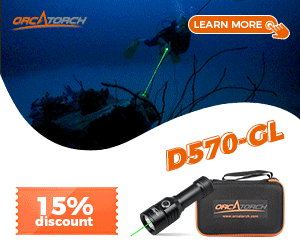Radoo
Registered
Haha, we don’t like regulations but we love regulators.
Hypoxia it is indeed the most common aethiological factor but hypoxia leads to cardiac arrhythmia. On top of that you’ll have hypothermia and electrolytes abnormalities which can also lead to arrhythmia. My point was that you can treat hypoxia with O2 or rescue breaths (21% is better that 0%) but you can’t replace a shock delivered by an AED with anything. That of course if the victim have a shockable rhythm.
Someone was saying about cost effectiveness. You can use QALY (quality adjusted life year) to calculate this. It was deemed to be cost effective to have an AED in a plane: http://ai.stanford.edu/~iliu/my_papers/Groeneveld.pdf . Why not have one on a boat?
It’s true that 30% success rate for AED use is high compared to general population but they define “success” as return of breathing and consciousness. Most resuscitation bodies will define success as survival followed by home discharge. And the rate is <10%.
Hypoxia it is indeed the most common aethiological factor but hypoxia leads to cardiac arrhythmia. On top of that you’ll have hypothermia and electrolytes abnormalities which can also lead to arrhythmia. My point was that you can treat hypoxia with O2 or rescue breaths (21% is better that 0%) but you can’t replace a shock delivered by an AED with anything. That of course if the victim have a shockable rhythm.
Someone was saying about cost effectiveness. You can use QALY (quality adjusted life year) to calculate this. It was deemed to be cost effective to have an AED in a plane: http://ai.stanford.edu/~iliu/my_papers/Groeneveld.pdf . Why not have one on a boat?
It’s true that 30% success rate for AED use is high compared to general population but they define “success” as return of breathing and consciousness. Most resuscitation bodies will define success as survival followed by home discharge. And the rate is <10%.



